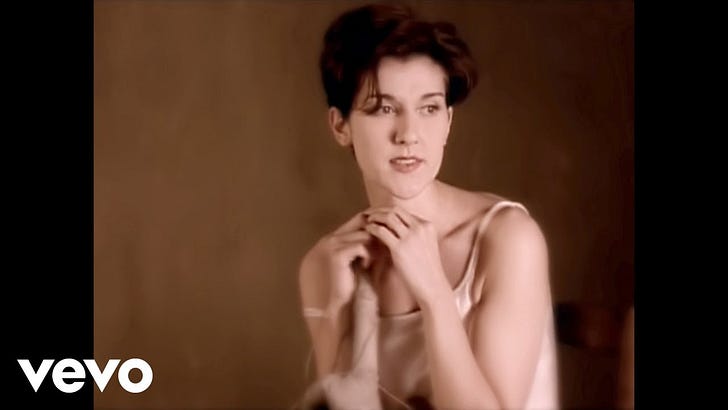I have talked many times in this newsletter about la variété française [trad: French variety] and I’ve always been puzzled when it was time to explain what it was.
Recently, I interviewed a duo from Lyon called Balladur (yes, like one of our former prime ministers) who claimed that they were now doing variété française, instead of the initial coldwave s…



